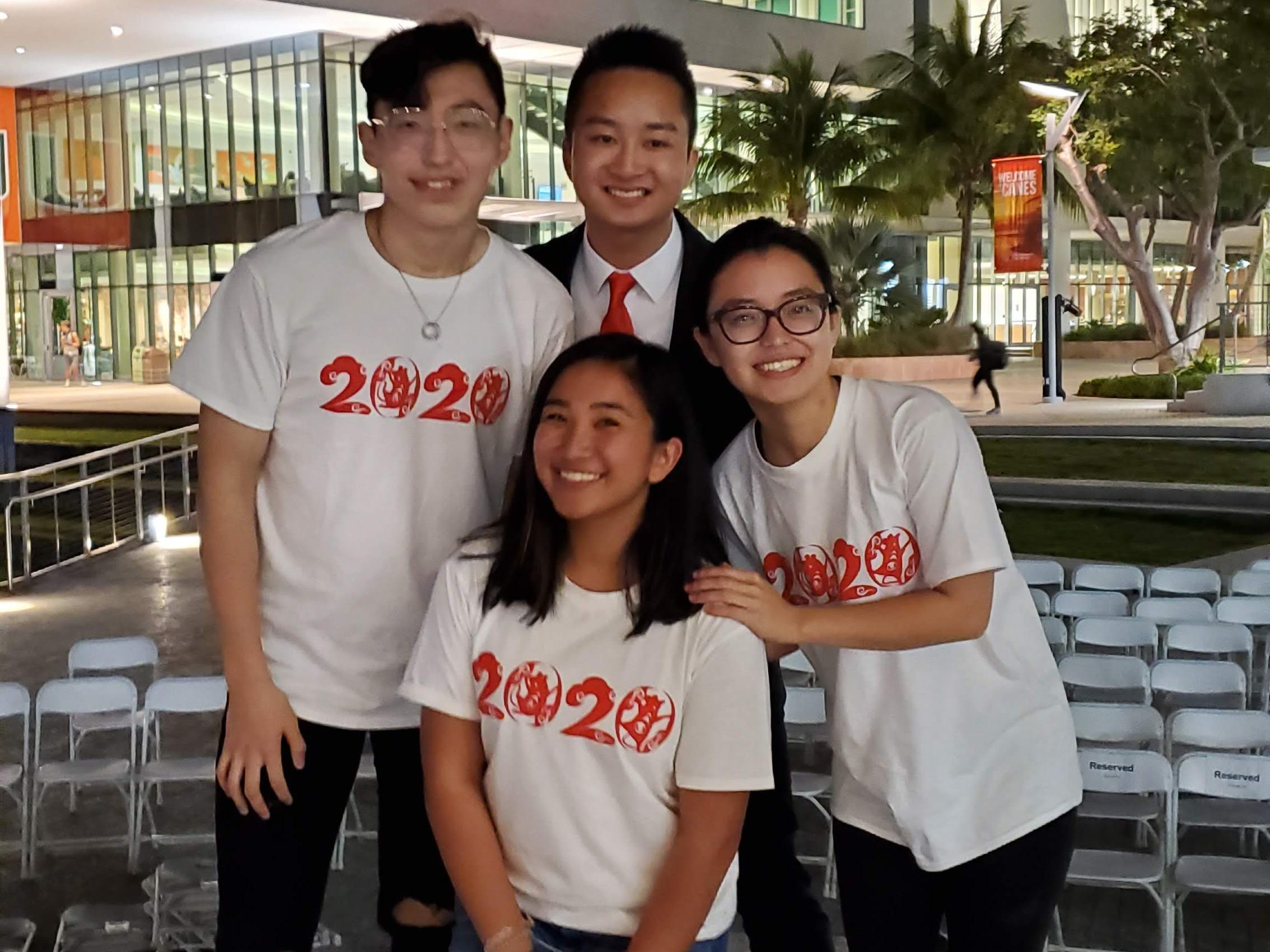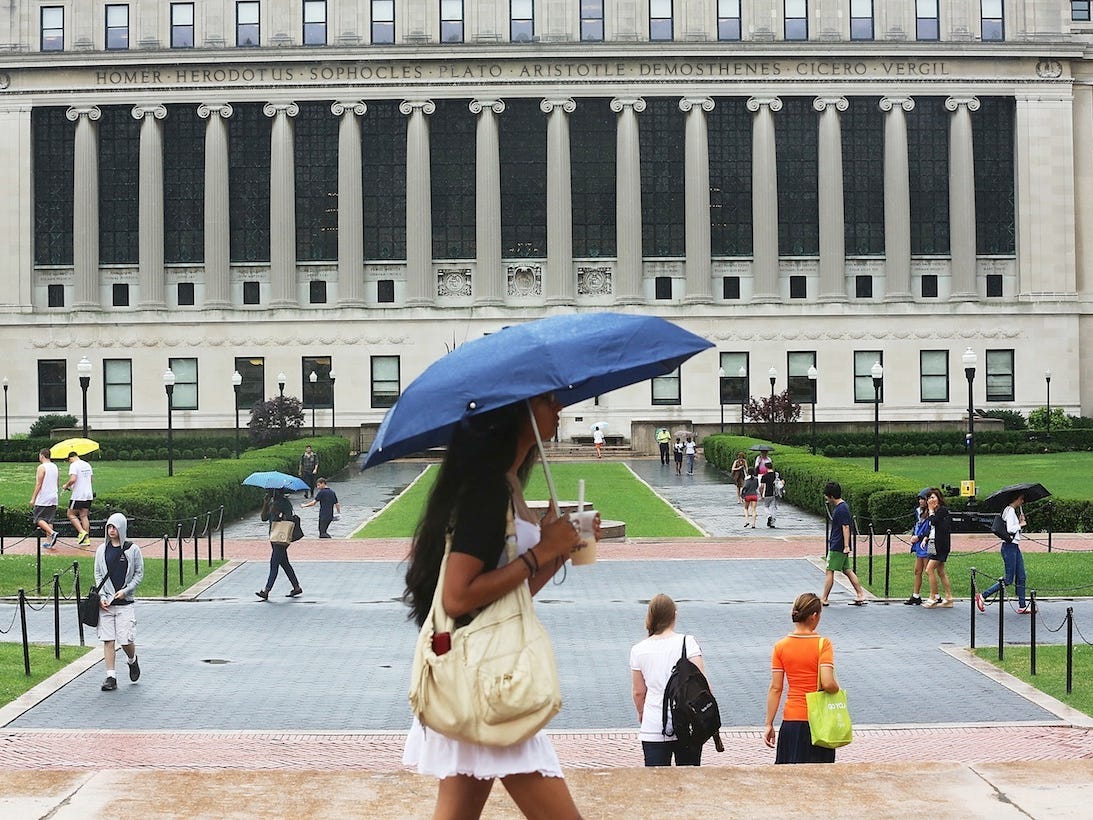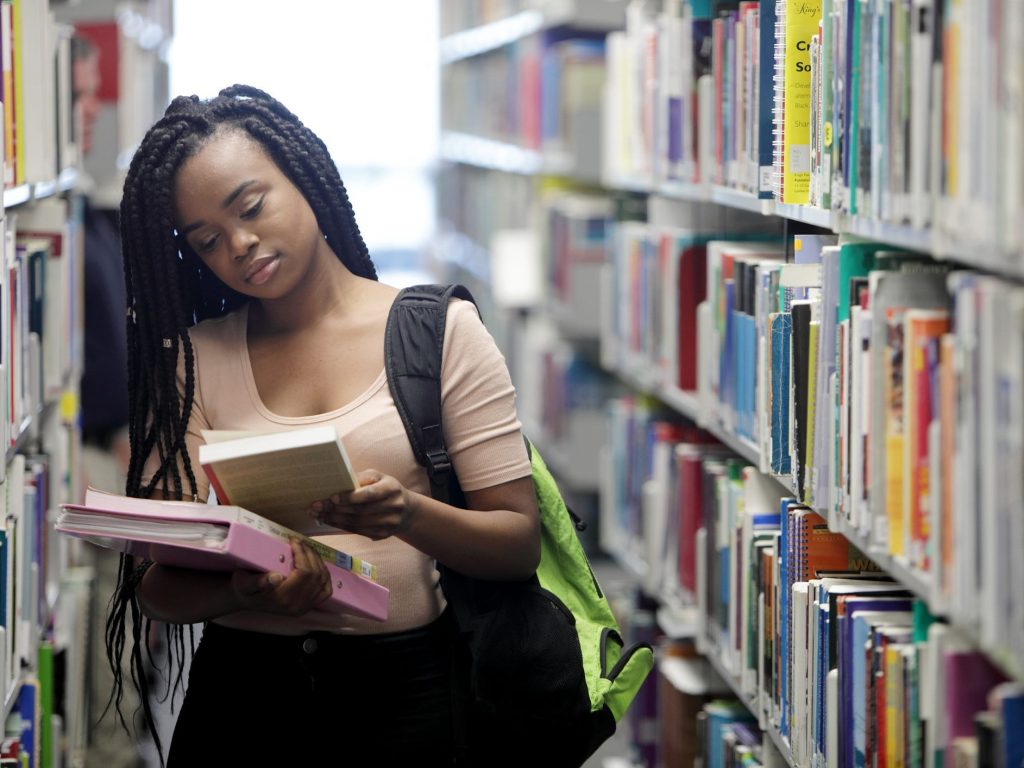
- As the school year revs up, so has concern for dealing with on-campus racism after a year of unrest.
- Some students have developed safety plans while others create organizations for their peers.
- Experts told Insider schools still have a responsibility to directly address racial trauma.
- Visit Insider's homepage for more stories.
For students like Katherine Jeng, a freshman at Rice University, preparing for this school year didn't simply include choosing classes and purchasing school supplies; it also included creating a safety plan.
"As a woman, I had always had this weariness and concern about my safety, but it was really since the AAPI attacks that my dad and I started looking into the safety plan," Jeng told Insider.
While Jeng said that she expects to feel safe on campus, the plan, which includes carrying pepper spray, staying in groups, and having her emergency contacts accessible, is comforting – especially because of the spate of attacks against AAPI communities.
Back-to-school season can be a much-anticipated time for students as it often promises a new beginning and a fresh start.
This year that promise seems particularly salient as many students are returning to campus for the first time in well over a year. Yet back-to-school season can also mean back-to-on-campus racism for students of color.
As the school year revs up, so has concern for dealing with on-campus racism, particularly among AAPI and Black students who've seen increased racist attacks in their communities.
According to the Federal Bureau of Investigation, hate crimes targeting people of Asian descent rose by 70% in 2020, while hate crimes targeting Black people rose by almost 40% during the same period.
Increased hate crimes targeting members of their communities are not the only source of apprehension, however.
Black students who are returning to campus for the first time after George Floyd's murder provoked a nationwide racial reckoning question if things have significantly changed at their predominantly white institutions.
From developing safety plans to creating student groups, students told Insider how they are doubling down on efforts to construct welcoming spaces on campus, including providing peers with resources to navigate the more overt racism they anticipate returning to campus will bring.
Students of color have routinely created 'counter-spaces'

Courtesy of Zach Ng
The first Black Students Union, among the most-well known organizations that provides a space for Black students for social and political engagement, was established at San Francisco State University in 1966.
So the idea of creating "counter-spaces" that serve as sanctuaries for students of color is nothing new, David Rivera, an associate professor of counselor education at Queens College, told Insider.
The adviser to The Steve Fund, an organization that works to bolster the mental health of students of color, added however that these counter-spaces evolved during the pandemic.
Some students of color lost access to the places they created on campus to "gather together and share similar experiences of oppression" when schools went virtual, Rivera said.
"Whether online or in-person," he added, "the pandemic only highlighted the need for such resources," as compounding crises have disproportionately affected communities of color.
Jason Ineh, Joseph Brobbey, and Tychelle Johnson are three students who can attest to the greater necessity of counter-spaces for Black and other students of color.
The trio had experienced several instances of racism on their Brock University campus in St. Catherines, Ontario - including Ineh and Brobbey having the door closed on them at a house party.
Last year, the friend group came together to form the Black Student Association after uncovering there were no similar organizations for students.
I didn't think that my school had my back in 2020 with all the injustices going on in the world.Tychelle Johnson
"I didn't think that my school had my back in 2020 with all the injustices going on in the world," Johnson told Insider.
She added that she wants the Black Student Association to fill the void and provide the support system that Black students don't always receive from the school administration.
"They would send out emails [after George Floyd's death], but I need more than an email. Show me you stand by me," Johnson said.
In the US, leaders like Black Student Union (BSU) president Chelsea Fitzpatrick are determined to provide the resources they have not always found on-campus.
Fitzgerald's BSU chapter at Indiana University - Purdue University Indianapolis' campus recently hosted an event inviting students to discuss what the organization can do to help them feel supported.
According to Fitzpatrick, "there's technically three groups of freshmen still trying to navigate our campus as Black students: the class of 2021, the class of 2022, and the most recent class, the class of 2023."
"These classes either started virtually or had their freshman year cut short by the pandemic," Fitzpatrick said. "We want to provide them with a safe haven."
Counter-space membership grows with calls for schools to address 'racial trauma'
Zach Ng, a junior at University of Miami and president of the school's Asian American Student Association, said he had routinely dealt with off-hand comments about his ethnicity in his everyday life.
However, he grew increasingly nervous about family and friends being targeted in violent hate crimes after overhearing two men discuss the "China virus" and "how much they hate Chinese people" in a restaurant last spring.
Ng is not alone. Stop AAPI Hate, a national organization that collects data on such attacks, received more than 9,000 incident reports since March 2020.
It's a really tough time for international students, especially Chinese people, but we're gonna survive and make it through.Summer Xia
While Ng had joined AASA as a freshman who was looking for support and camaraderie in Miami, he told Insider that the need and overarching mission of the organization has changed in the past 18 months.
"There's been a shift in what our club is about," Ng, who co-hosts a podcast called "The SituAsian Room," told Insider. "Typically AASA served as more of a social and cultural club, versus an activist club."
Now the club routinely collaborates with other school organizations to create resource guides for AAPI students and allies and to host virtual events.
Both Asian-American students and their international student-counterparts are building coalitions to support their peers on-campus.
Summer Xia, president of University of Miami's Chinese Student and Scholars Association, told Insider the group had been stepping up by becoming an interlocutor between the Chinese Embassy in the US and Chinese students and parents.
"It's a really tough time for international students, especially Chinese people, but we're gonna survive and make it through," Xia said.
Schools are responsible for addressing 'racial trauma' too, experts say

While counter-spaces are undoubtedly providing invaluable resources to college students of color, Dr. Rivera said the onus should not only fall on students to address the "racial trauma" that permeates their campuses.
"We cannot overemphasize the impacts of racial trauma across the country that our college students are experiencing," Rivera said. "In our long journey for racial equity, a lot of the battles can be found on campuses."
He urges colleges not to take an "ahistorical perspective," but rather to acknowledge how systems that reinforce privilege "remain intact."
Rivera also stated the need for schools to "break down the silos between academic and student affairs" so they can "create communities of care" and implement "remediation and prevention efforts" against racism.
While diversity trainings abound on college campuses, students say they are often more well-intentioned than effective.
"There's lots of resistance to these trainings. Students resent doing them," Ng said, adding that although they are "important," they're "not a silver bullet."
He said that he and his peers would welcome more course offerings that focus on the history and culture of Asian American communities and other communities of color.
As schools return to in-person learning, they are tasked with confronting racism during an unprecedented stretch of calamity.
Their responses, or lack thereof, will have tangible effects on students of color and their communities, Rivera said.
In the meantime, counter-space student leaders prepare for their first general body meetings of the year.
